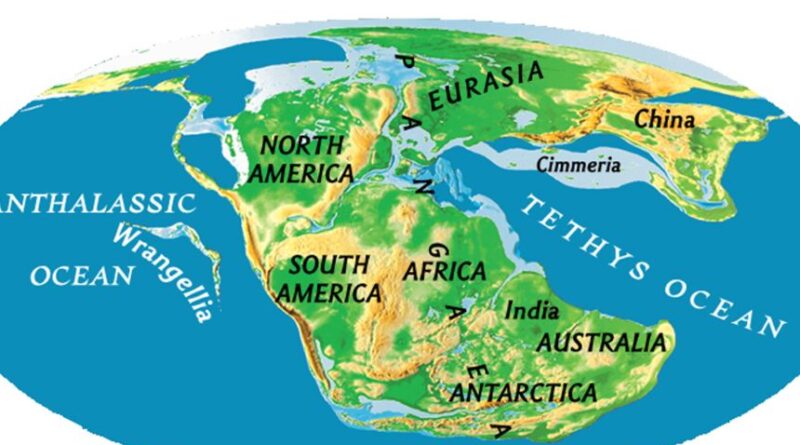Continents in the World
Introduction:
Welcome to an amazing journey around the world as we explore the beautiful pattern of Earth’s continents. Each continent is a one-of-a-kind masterpiece, with distinct landscapes, cultures, and histories. In this thorough reference, we will look at the world’s continents, including information on their topography, animals, and human civilizations. Let us embark on an enthralling journey through our planet’s continents, celebrating the rich fabric that links us all together.
Asia:
Asia, the world’s largest and most populated continent, is a huge expanse of diversity. Asia encompasses a diverse spectrum of cultures, languages, and traditions, from the Himalayan heights to the dynamic metropolis of Tokyo and Mumbai. The continent is home to historic landmarks such as the Great Wall of China and the Taj Mahal, as well as different ecosystems such as Southeast Asia’s tropical rain forests and the Middle East’s desert landscapes.
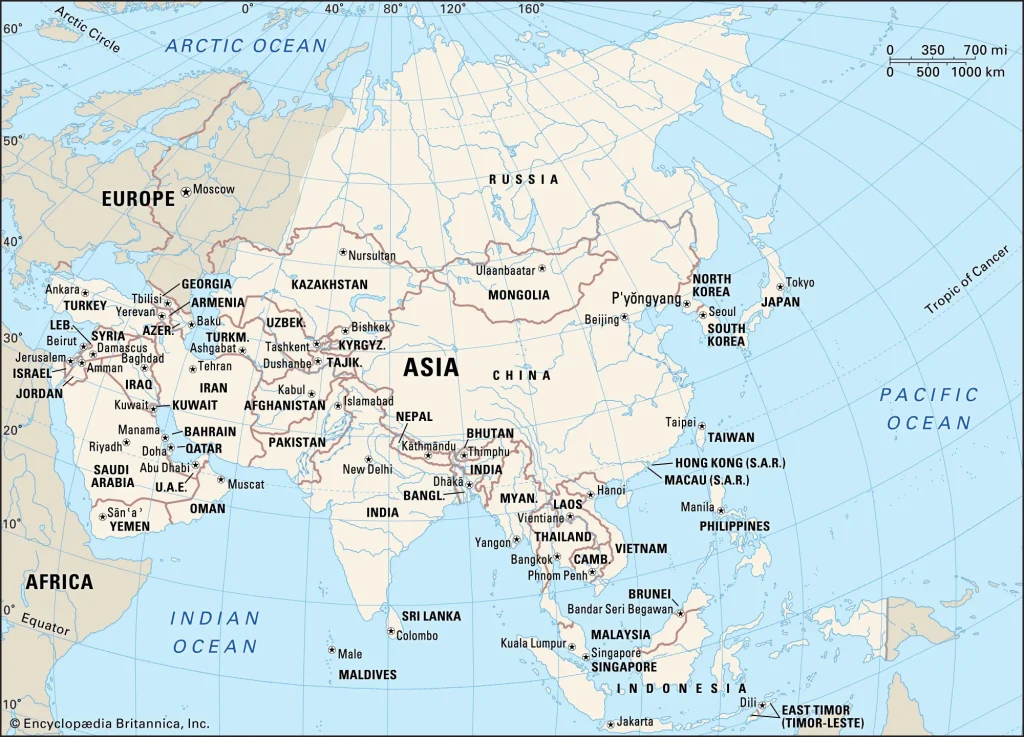
Africa Continents:
Africa is a continent of contrasts, known for its magnificent landscapes and diverse animals. The magnificent Sahara Desert, the awe-inspiring Victoria Falls, and the vast savannas that host the Great Migration are just a few of Africa’s attractions. Africa has a rich cultural past formed by ancient civilizations such as Egypt and vibrant traditions celebrated via art, music, and dance.
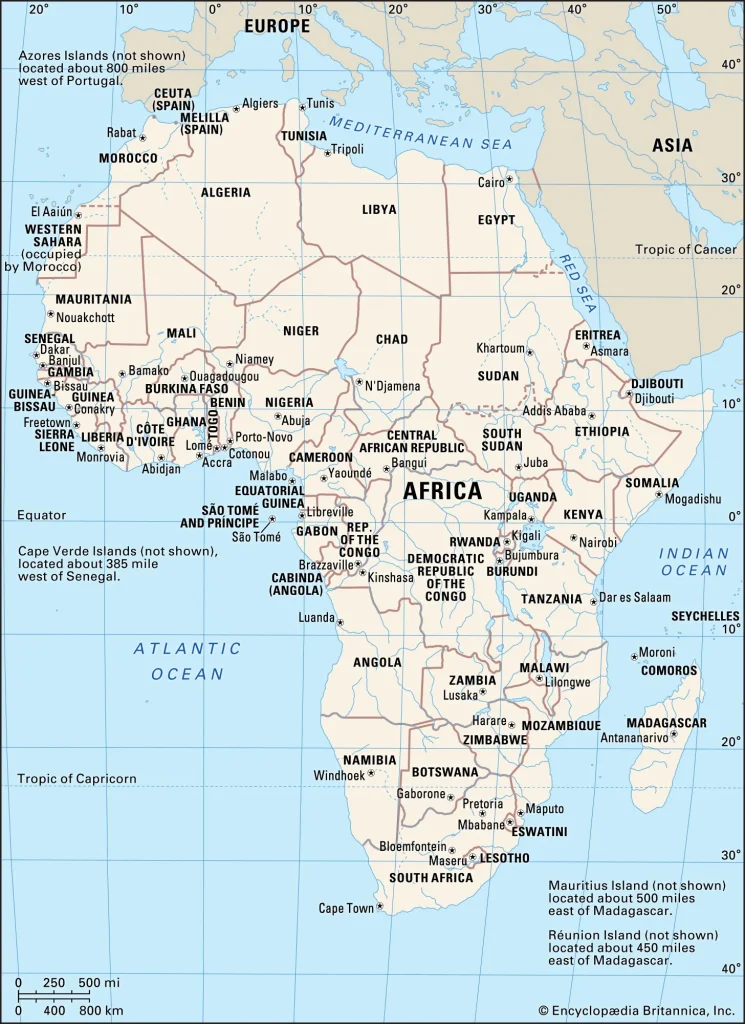
North America Continents:
North America is a continent of extremes, ranging from the Arctic wasteland to the Caribbean’s tropical paradises. The region is anchored by the United States, Canada, and Mexico, each of which contributes unique elements to the cultural mosaic. The Rockies, the Grand Canyon, and the Great Lakes are just a few of the natural wonders that surround this continent, providing outdoor enthusiasts with a playground.

South America Continents:
South America is a continent of natural wonders, with the massive Amazon Rainforest, the Andes Mountains, and the various ecosystems of the Galápagos Islands. Brazil, Argentina, and Peru’s cultural richness provides a vibrant touch to the continent. The Inca civilization and the vivid traditions of indigenous populations shaped South America’s rich history.
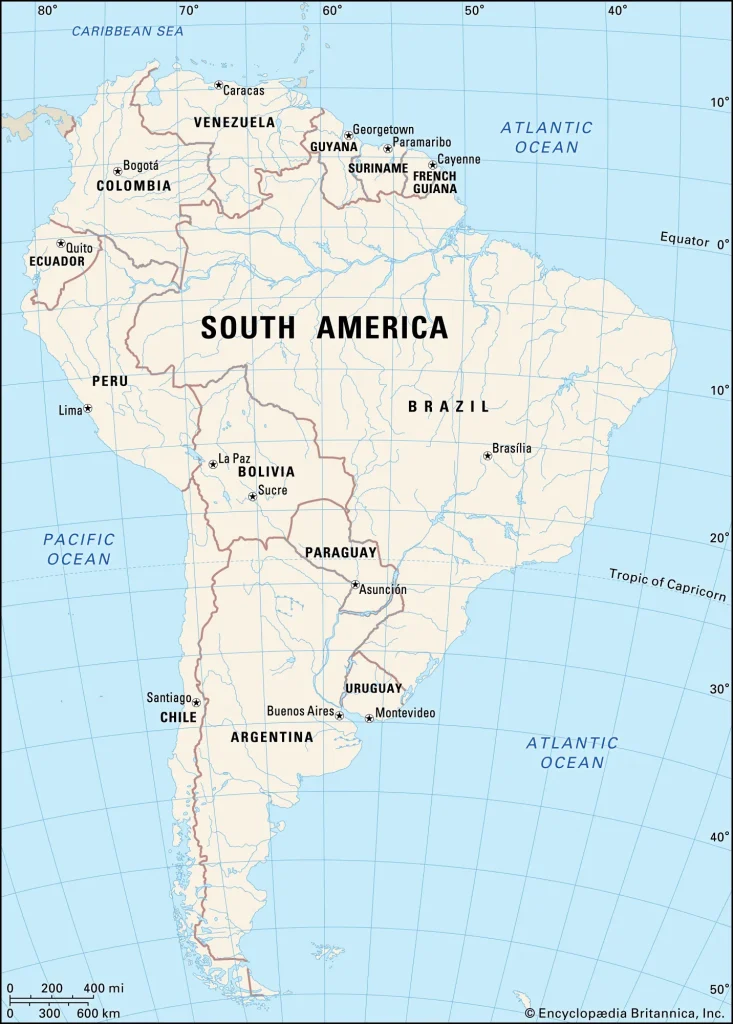
Europe Continents:
Europe, a continent rich in history and cultural legacy, has had a tremendous impact on the trajectory of human civilization. Europe provides a diverse tapestry of experiences, from the renowned buildings of Paris and Rome to the breathtaking splendour of the Swiss Alps and the Greek Islands. Each country’s distinct languages, cuisines, and artistry add to the continent’s allure.
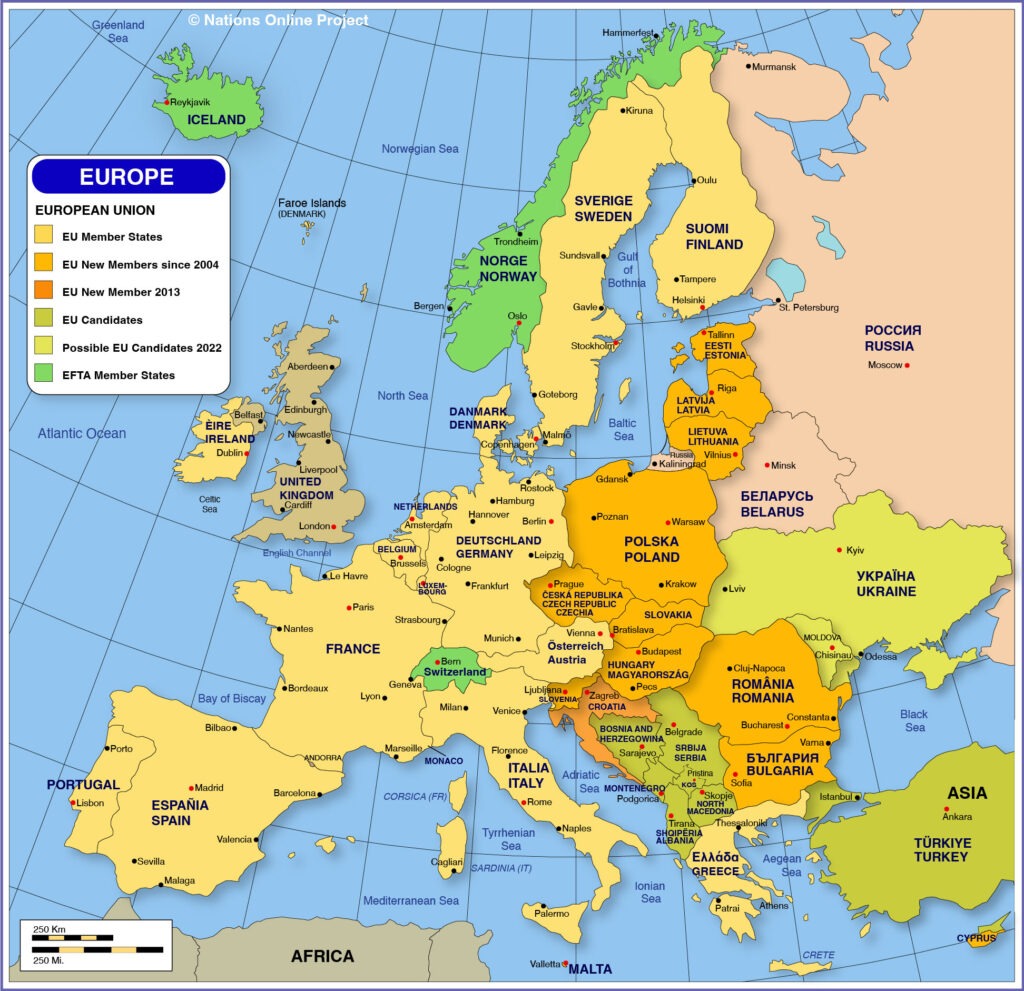
Australia Continents:
Australia, a continent and country in one, is an island continent with a distinct terrain and animals. Australia’s character is defined by the vast Outback, the Great Barrier Reef, and metropolitan cities like Sydney and Melbourne. Aboriginal cultures enrich the history of the continent by connecting the current to ancient traditions.
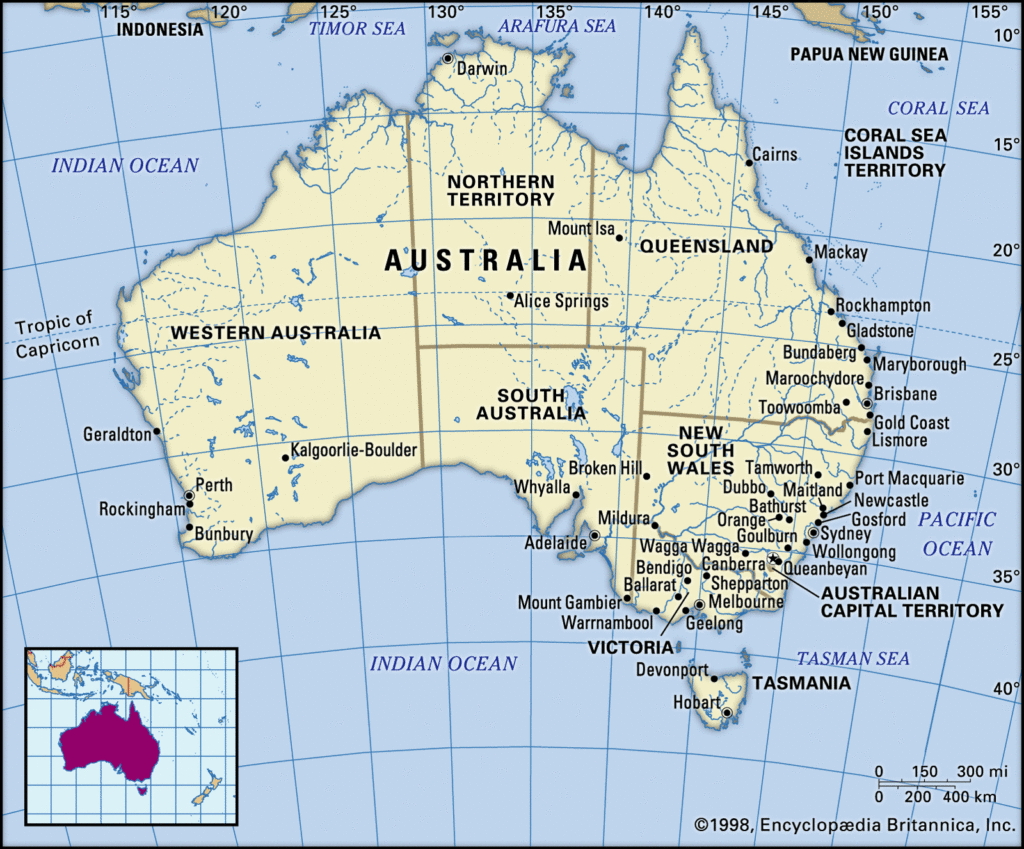
Antarctica Continents:
Antarctica, the world’s southernmost continent, is one of the least explored areas on the planet. Antarctica’s pristine landscapes and distinctive fauna, like penguins and seals, enchant anyone who go into this severe climate, making it a sanctuary for scientific research.

Conclusion:
As we conclude our journey through the continents, we celebrate the remarkable diversity that makes Earth a truly extraordinary planet. From the frozen expanses of Antarctica to the bustling metropolises of Asia, each continent contributes to the intricate mosaic of our global community. Embrace the beauty, embrace the differences, and cherish the shared humanity that unites us across these magnificent continents.
